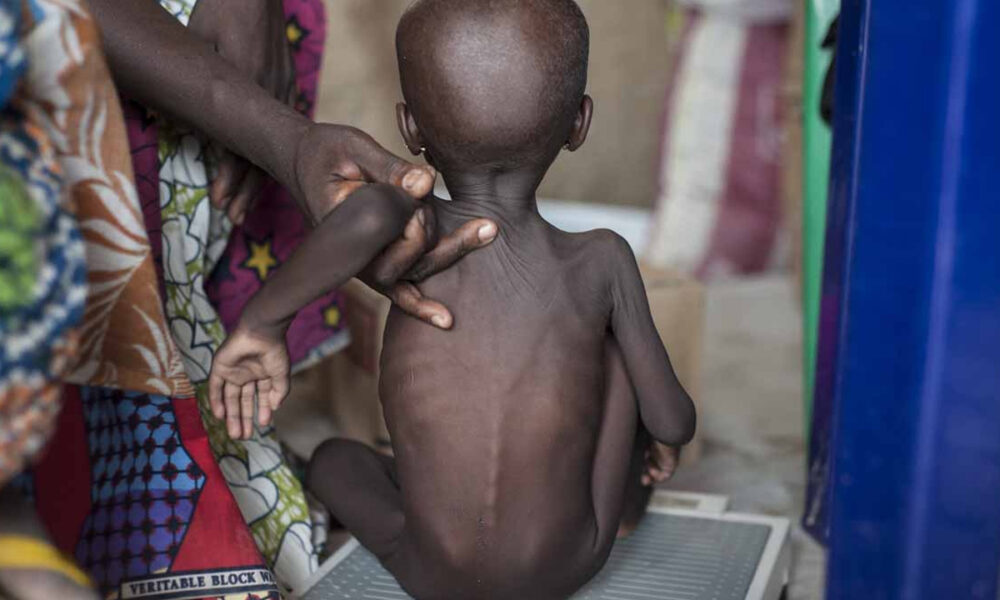From Emmanuel Uzor, Awka
The United Nations Children’s Fund (UNICEF) has disclosed that Nigeria records the most deaths of children from preventable diseases.
While delivering a lecture during UNICEF media training, the Executive Secretary, Enugu State Primary Healthcare Development Agency, Dr. Mrs. Ifeyinwa Ani-Osheku said the under-5 mortality rate stands at 100 deaths per 1,000 live births, with preventable diseases.
“In Nigeria, the under-5 mortality rate stands at 100 deaths per 1,000 live births, with preventable diseases like measles contributing significantly like measles contributing significantly to this figure,” she said.
UNICEF in collaboration with the Primary Health Agency, had mapped out 5 million children to be vaccinated against measles and other killer diseases.
Dr Ifeyinwa Ani-Osheku while delivering her keynote speech for the South East Zonal Meeting on Media & Immunisation Campaign titled “Media: Our Most Potent Tool in Protecting Lives and Ensuring a Healthy Future, eulogising the efforts of the media in disseminating information about your activities of the National and State Primary Healthcare Development Agency.
The participants of the one-training included partners from UNICEF, media professionals, and officers from the advocacy and communication units of primary healthcare centres (PHCs) drawn from five states: Anambra, Enugu, Cross River, Kogi and Benue.
Ani-Osheku regretted sobering statistics of children lost to vaccine-preventable diseases occasioned by myths and rumours, attributing it to the failure of the collective systems and effective communication.
According to Ani-Osheku, around 2.5 million children still die annually from vaccine-preventable diseases globally, while Sub-Saharan Africa, where health systems are often fragile and bear the heaviest burden, accounts for nearly half of global child deaths.
She described the upcoming campaign against measles to cover 24 states as critical, just as she identified dispelling misinformation, promoting positive behavioural change and providing life-saving information as key areas media must harness for a successful campaign.
She also highlighted consistency building of trust, leveraging of influencers, storytelling with data, targeted messaging and interactive platforms as strategies to ensure an effective campaign.
“We’re here to discuss an issue that sits at the heart of our collective mission—the health of our people, particularly our children. We are here not only as leaders and advocates but as the very bridge between life-saving health interventions and the communities we serve.
“The media is not merely a conveyor of news—it is a lifeline for millions of families seeking information, guidance, and assurance about their health. The power of media in Health
Media, in all its forms—television, radio, print, and the vast digital spaces—has the power to shape perceptions, influence behaviour, and drive actions.
“In the fight against preventable diseases, especially through immunisation, media is our most potent tool. It can dispel fear, replace rumour with fact, and encourage individuals to make decisions that could save their lives and the lives of their loved ones.
“Already, social media spaces are buzzing with misinformation and negative assertions, which, if left unchecked, could undermine years of progress in reducing child mortality from preventable diseases.”
The targeted children for immunisation against against measles, polio, yellow fever and human papillomavirus, HPV, among others, are drawn from Anambra, Benue, Enugu, Cross Roger and Kogi states.











